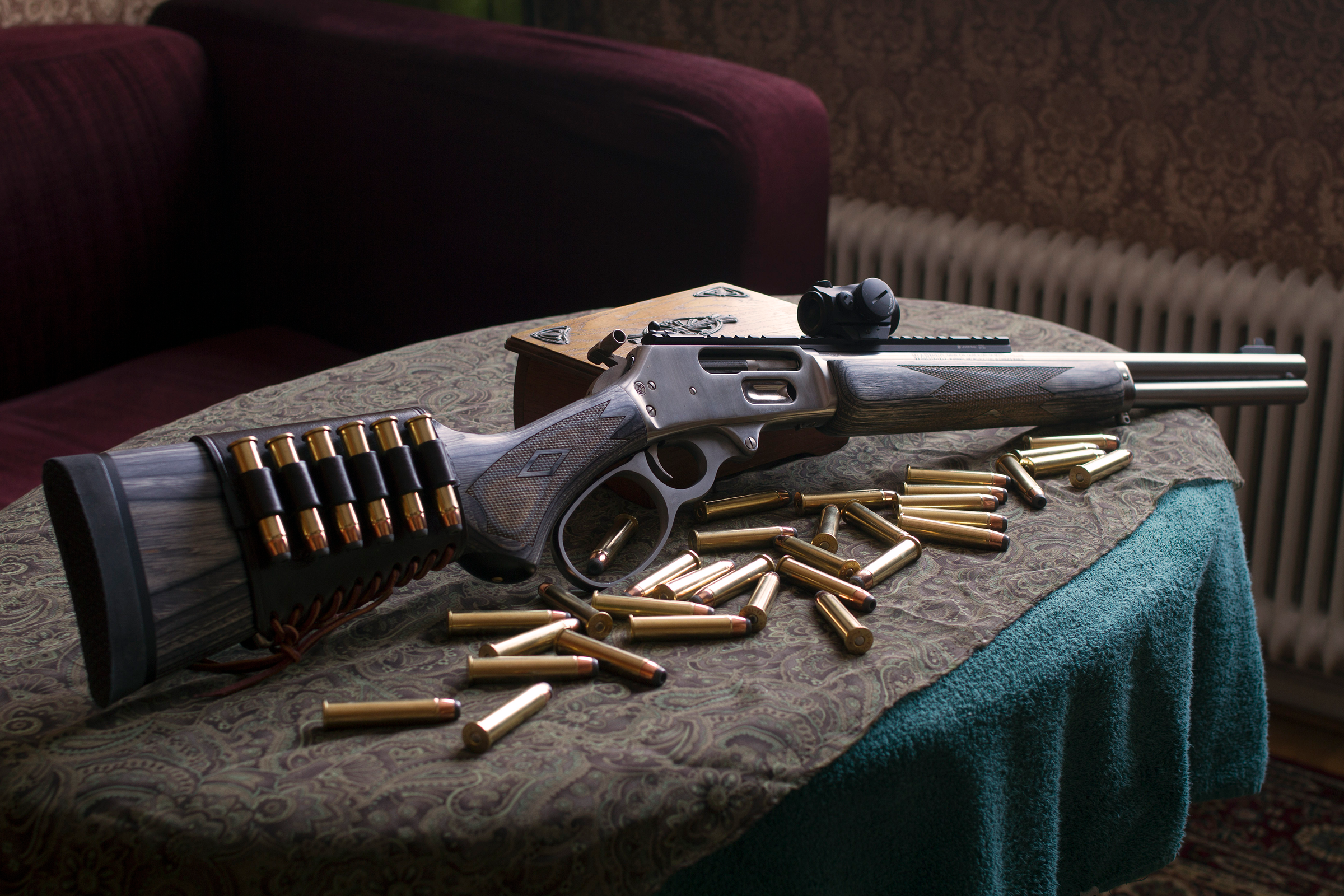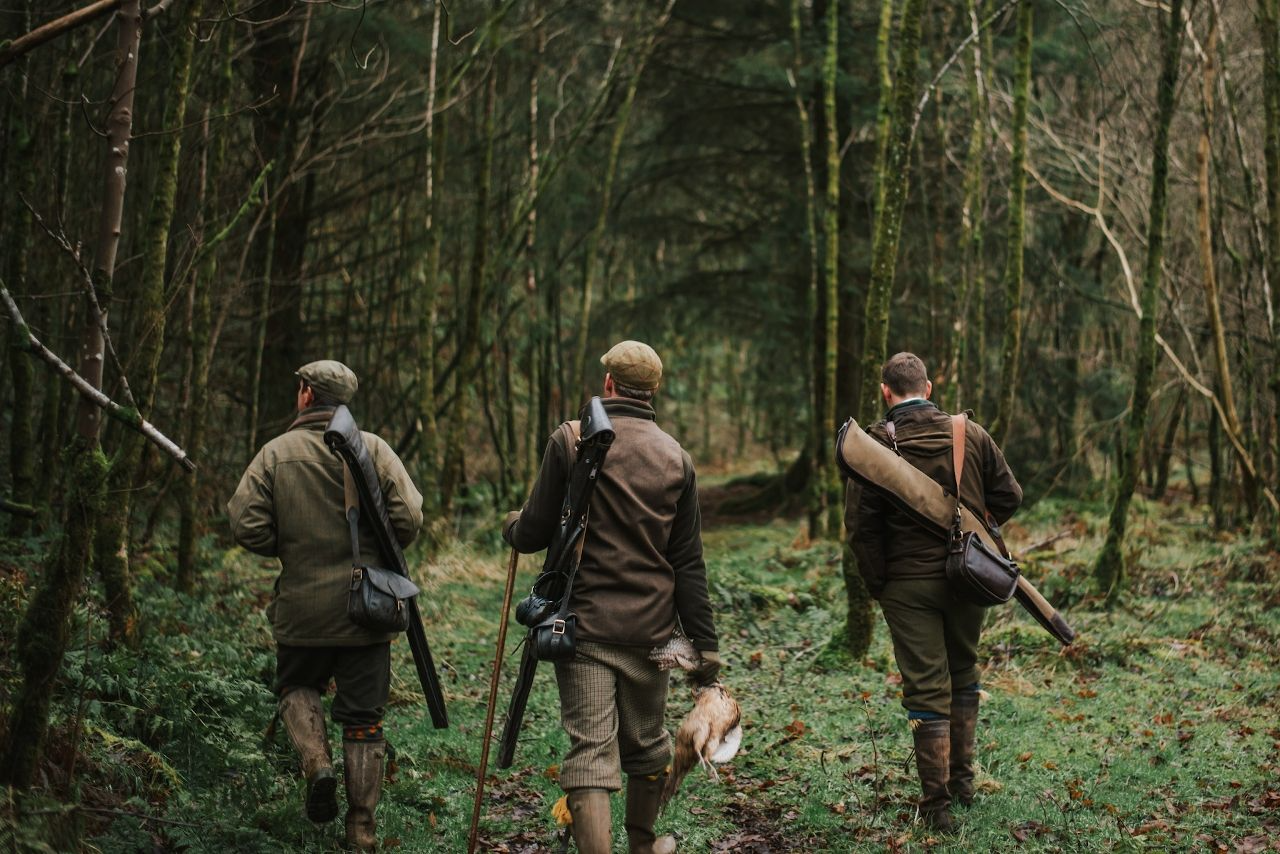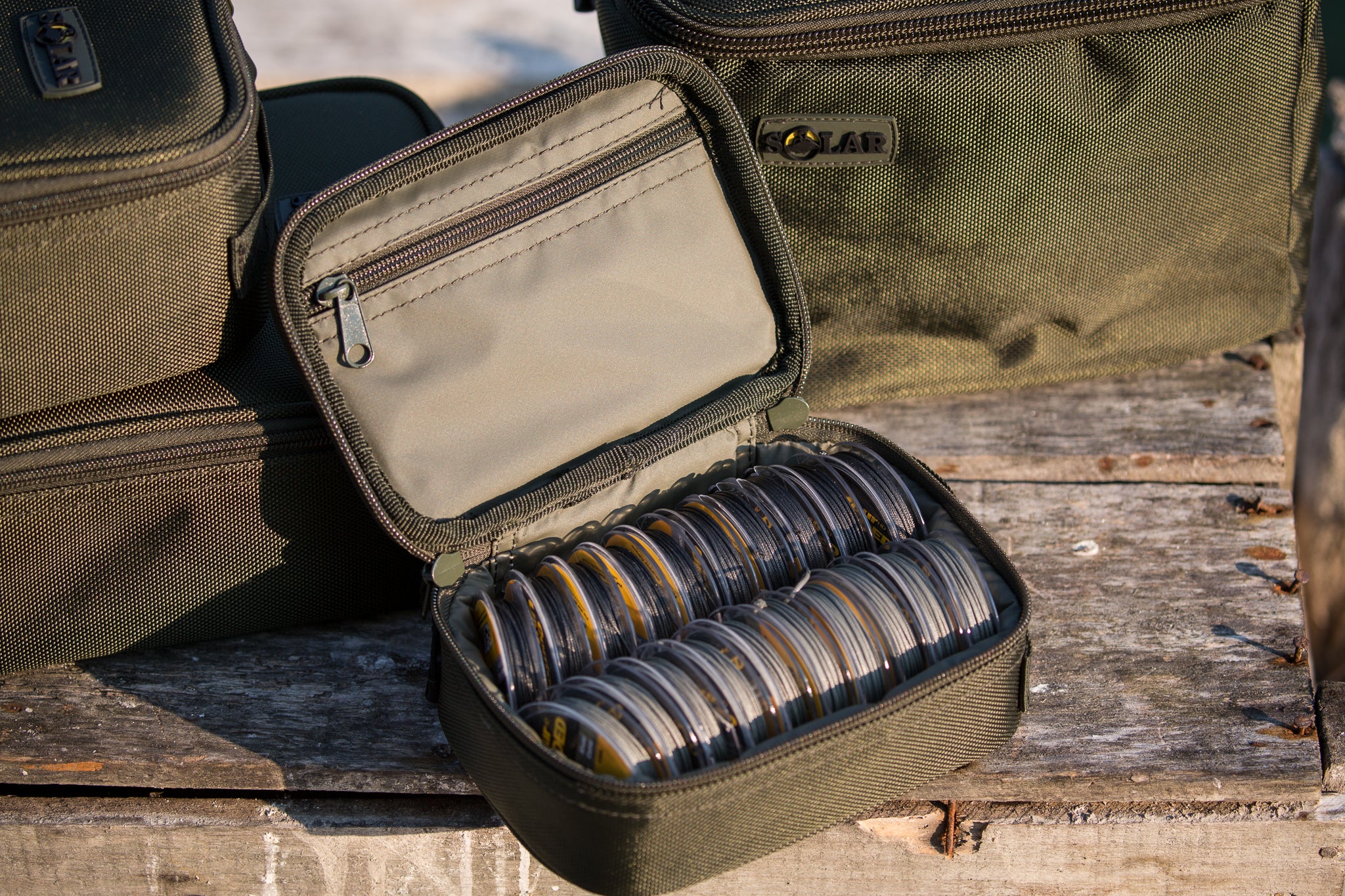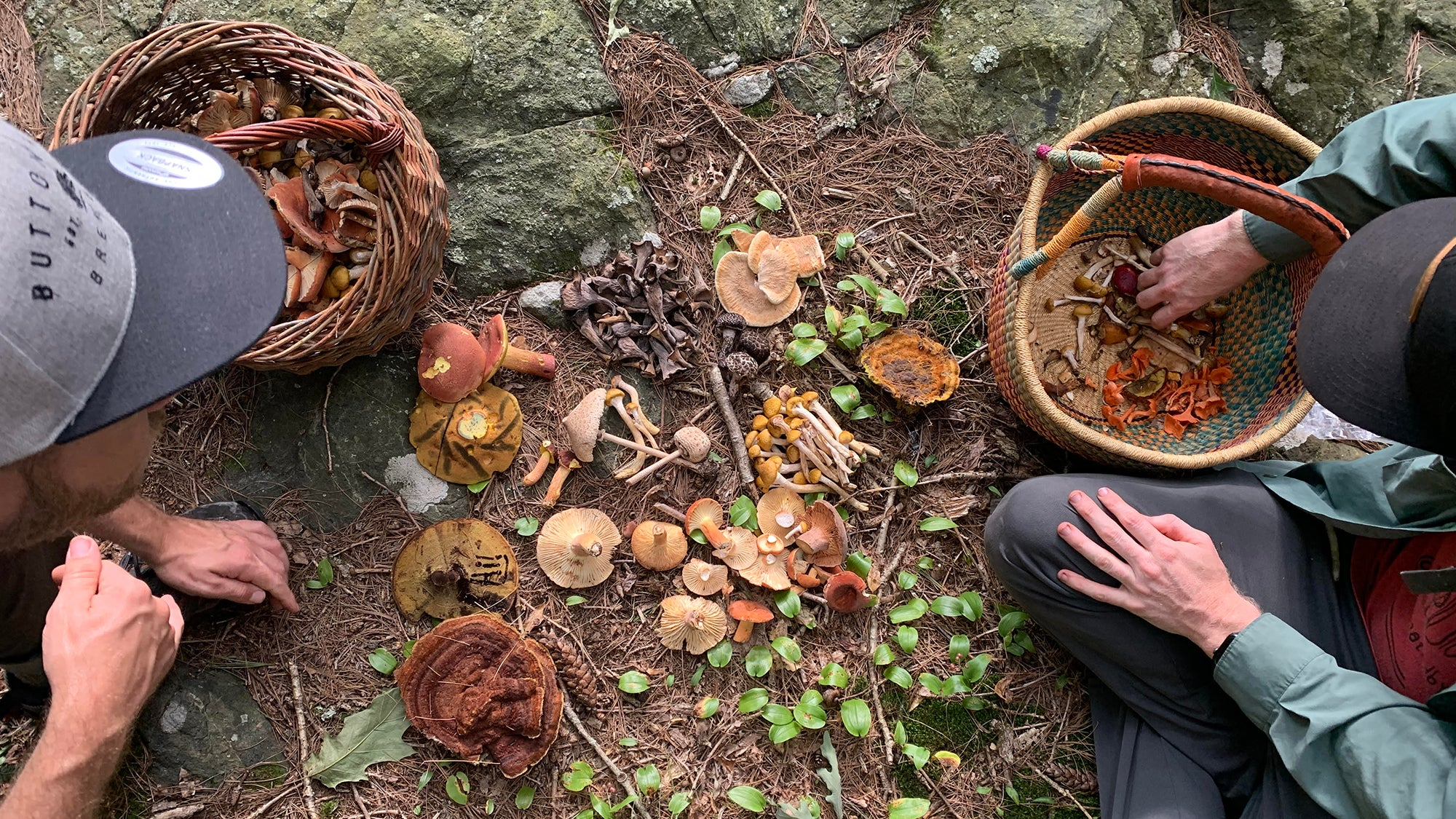hunting ·
mushroom bag ·
mushroom basket ·
mushroom hunting ·
mushroom hunting supplies ·
mushrooms ·
How to choose bag for mushroom hunting?

Mushroom hunting does not requires a lot of equipment. But you need to choose a comfortable and useful basket. And in this blog we want to share with you abut how to choose bag for mushroom hunting.
How to choose bag for mushroom hunting?
Many people say that all anybody really needs to hunt mushrooms is a basket, a knife, and some know-how. That’s more or less true, except the “basket” could just as easily be a mesh bag, a backpack, or even a plastic sack—though there are important caveats to using plastic. There are products sold specifically for carrying home mushrooms, but many people prefer to improvise or even make their own. As one might expect, every mushroom hunter has their own favorite options, and preferences can change over time.
There is no hard-and-fast rule about what sort of container to carry the mushrooms in, so novices are free to figure it out for themselves—but reading up on what other mycophiles do is a good way to avoid too much reinventing of the wheel.
There is no hard-and-fast rule about what sort of container to carry the mushrooms in, so novices are free to figure it out for themselves—but reading up on what other mycophiles do is a good way to avoid too much reinventing of the wheel.
Considerations for choosing a mushroom basket, bag or sack
The choice of a mushroom container depends on several considerations, some of which contradict each other; the most convenient option might damage the harvest, for example. Individual foragers must decide how to weigh their various competing priorities, and the results of that decision will go a long way towards narrowing down the options.
Convenience
One of measures of convenience is whether the container leaves the hands free. Baskets generally don’t, but a single-strap backpack, the kind that can be worn with the bag in front, is excellent for two-handed foraging, not to mention for climbing trees after choice mushrooms.
Protecting the harvest
If the objective is to collect high-quality food, then any container that threatens quality is the wrong one. Good airflow and sturdy sides are a must. A basket works well for small harvests, but for large harvests a big bucket with plenty of air holes is a better bet. Strap the Bucket to a frame pack to carry long distances.
Ethics
Many collectors prefer a mesh bag or a bucket with a mesh bottom based on the idea that the already-collected mushrooms will release their spores along the way, and the spores will fall through the mesh and propagate the mushrooms, just as if they had not been harvested. Such thinking is part of an admirable conservation ethic, the idea that the mycophile should do no harm while enjoying mushrooms.
Unfortunately, in most cases it probably doesn’t work. If the mushrooms in the bag or the bucket were producing enough spores to fall out in quantity while the forager walks back to the car, then the inside of the bag and all the mushrooms in it would end up visibly dusty with spores—after all, spores stick to surfaces, that’s why spore prints are possible. And yet accounts of mushroom foraging never seem to mention messy spore-dust all over the place. And microscopic spore characteristics are often an important part of mushroom identification, but guide books don’t advise mushroom hunters to protect mushrooms from contamination from the spores of other species brought home in the same bag, implying that the mushrooms are not dusting each other even invisibly. Generally, getting a good spore print requires 12 to 24 hours, far more time than most mushrooms spent riding back to the car in a bag.
Propagation through a mesh bag may be possible, especially for the more productive species, but it’s probably minimal. The best reason for carrying mushrooms in mesh is to ensure good airflow.
Unfortunately, in most cases it probably doesn’t work. If the mushrooms in the bag or the bucket were producing enough spores to fall out in quantity while the forager walks back to the car, then the inside of the bag and all the mushrooms in it would end up visibly dusty with spores—after all, spores stick to surfaces, that’s why spore prints are possible. And yet accounts of mushroom foraging never seem to mention messy spore-dust all over the place. And microscopic spore characteristics are often an important part of mushroom identification, but guide books don’t advise mushroom hunters to protect mushrooms from contamination from the spores of other species brought home in the same bag, implying that the mushrooms are not dusting each other even invisibly. Generally, getting a good spore print requires 12 to 24 hours, far more time than most mushrooms spent riding back to the car in a bag.
Propagation through a mesh bag may be possible, especially for the more productive species, but it’s probably minimal. The best reason for carrying mushrooms in mesh is to ensure good airflow.























